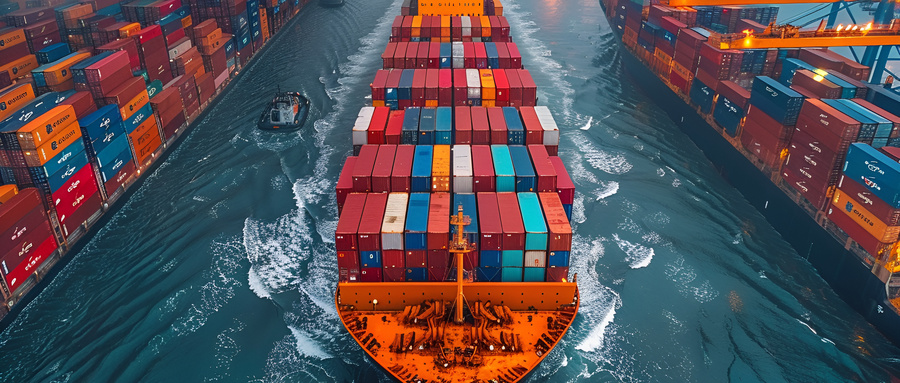


Political and labor tensions kept container rates to the United States strong at the end of November during the slow season after the peak shipping season.
In its latest data for the week ending Nov. 22, analyst Freightos said average Asia-to-U.S. rates have remained flat since October and risen above $5,000 per 40-foot equivalent, with daily rates to the U.S. East Coast climbing above $6,000 since then.
"This rate strength likely reflects some front-loading ahead of the possibility of another strike by the International Longshoremen's Association (ILA) at East Coast and Gulf ports after January 15 and the expectation of higher tariffs from the Trump administration next year," wrote Judah Levine, director of research.
The Freightos Baltic Weekly Index for the week ending Nov. 22 showed Asia-U.S. West Coast freight rates falling 4% to $5,122 per FEU, while Asia-U.S. East Coast freight rates were unchanged at $5,387 per FEU.
Trump has threatened to impose a series of tariffs on imports from China, Mexico and Canada, America's largest trading partners. That has prompted some importers to ship goods earlier than planned.
While Trump threatened new tariffs on his first day as president, Levin noted that his more measured approach to increasing tariffs through trade agreements during his last term "may make it less likely that new tariffs will go into effect on January 20, but this announcement certainly adds a sense of urgency for shippers on these routes."
Still, Trump's announcement "could also put pressure on importers in Canada and Mexico and could lead to increased cross-border trade volumes and road and rail rates ahead of potential tariff rollout."
The uncertain labor situation has exacerbated ocean freight rates at U.S. East Coast hubs.
The ILA broke off negotiations with the American Maritime Union on Nov. 13, accusing employers of trying to eliminate union jobs by including terminal automation technology in new contracts.
USMX has denied it is looking to cut jobs and instead wants to modernize port operations.
As the value of U.S. imports has soared, port authorities, ocean carriers and terminal operators at East Coast ports have spent billions of dollars in recent years in a container arms race aimed at meeting growing demand. Maritime stakeholders have expressed concern that despite longer delivery times and higher costs, recurring labor issues will lead shippers to opt for friendlier connections through West Coast or even Mexican ports.





